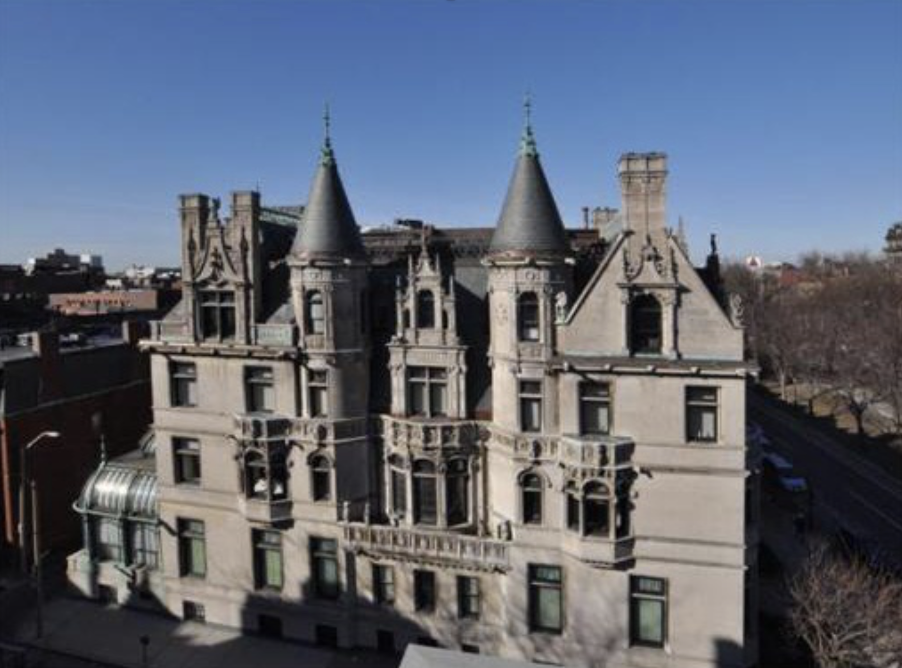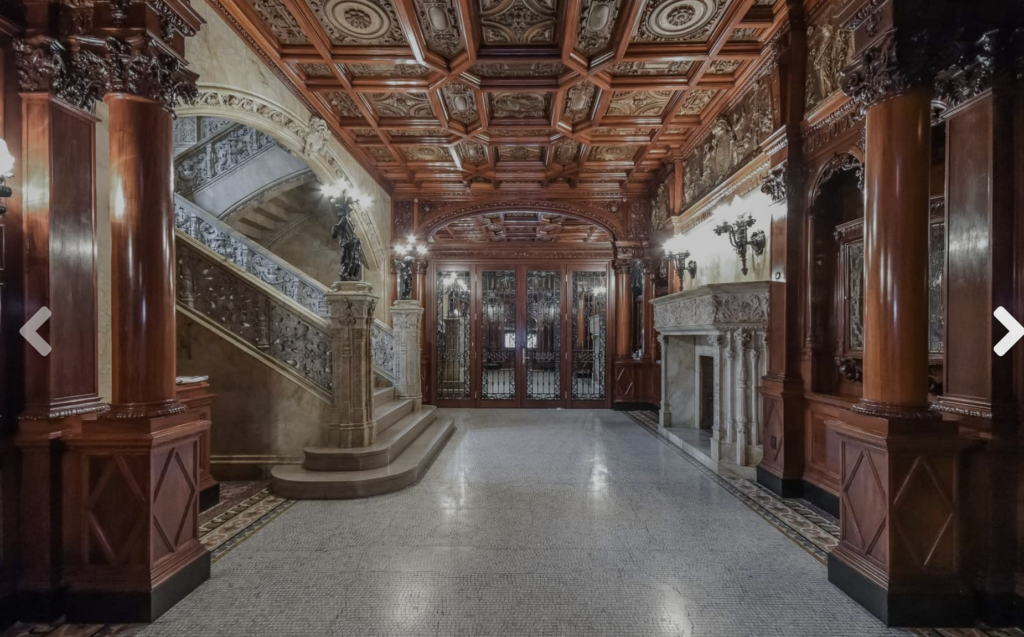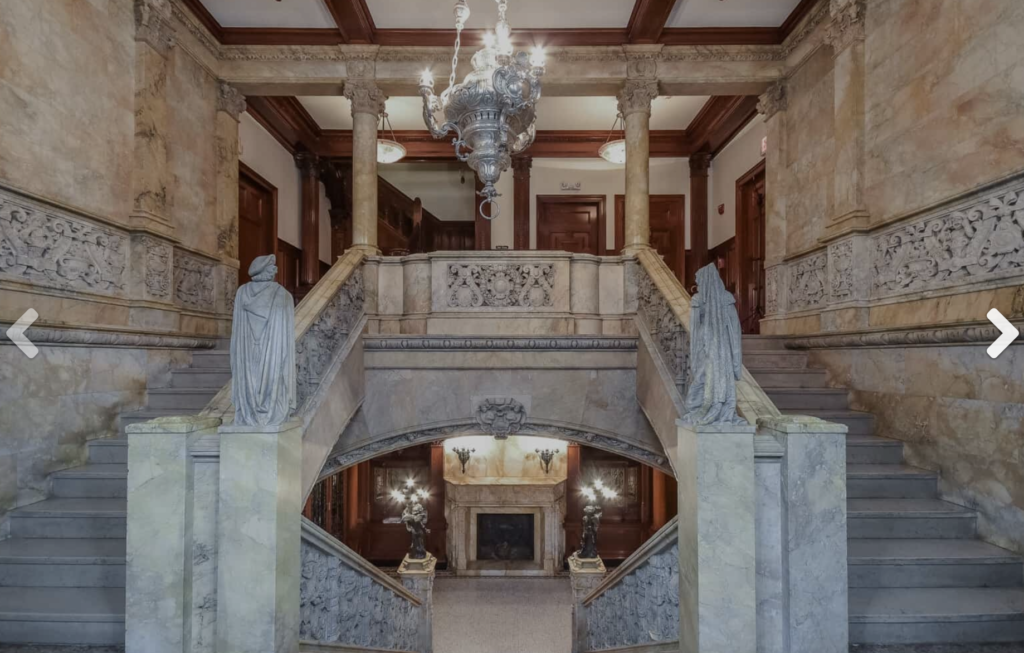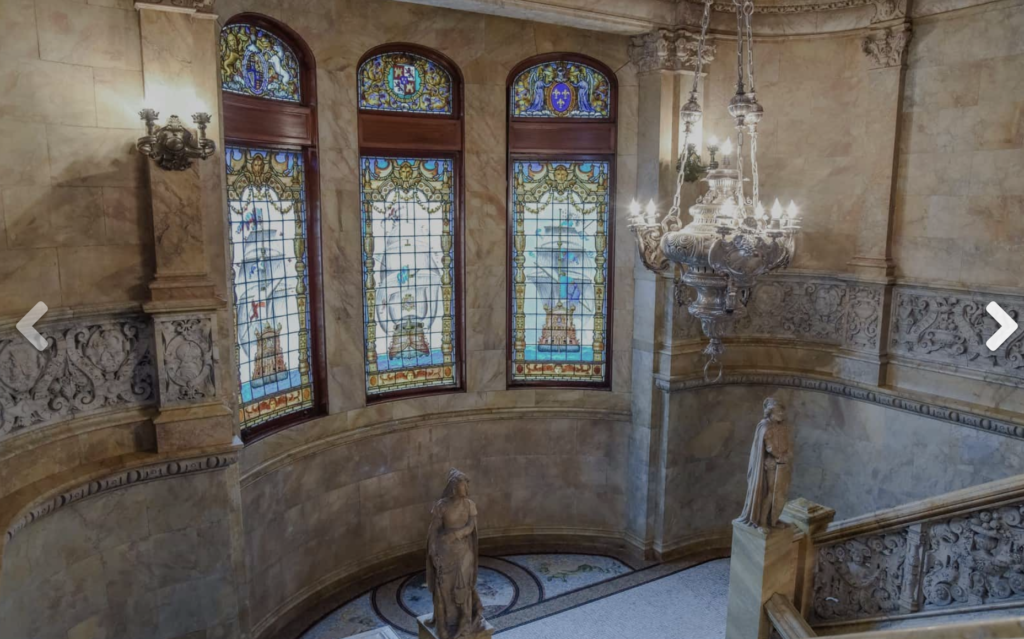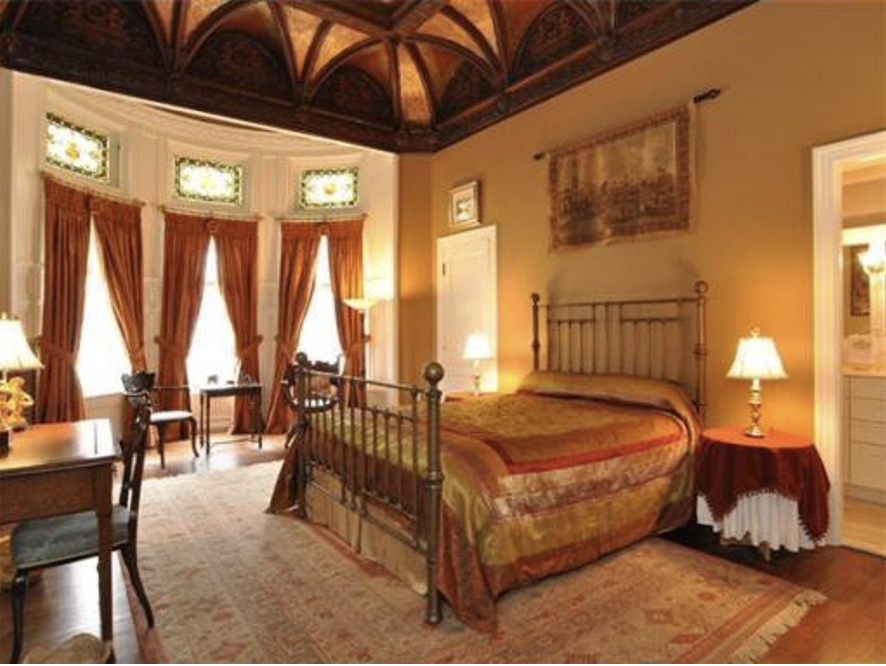CHAPTER 2
A stoneware beer bottle found at the scene of the crime would have been much like this one.
Image: Stoneware beer bottle from the 1890s for sale, Etsy
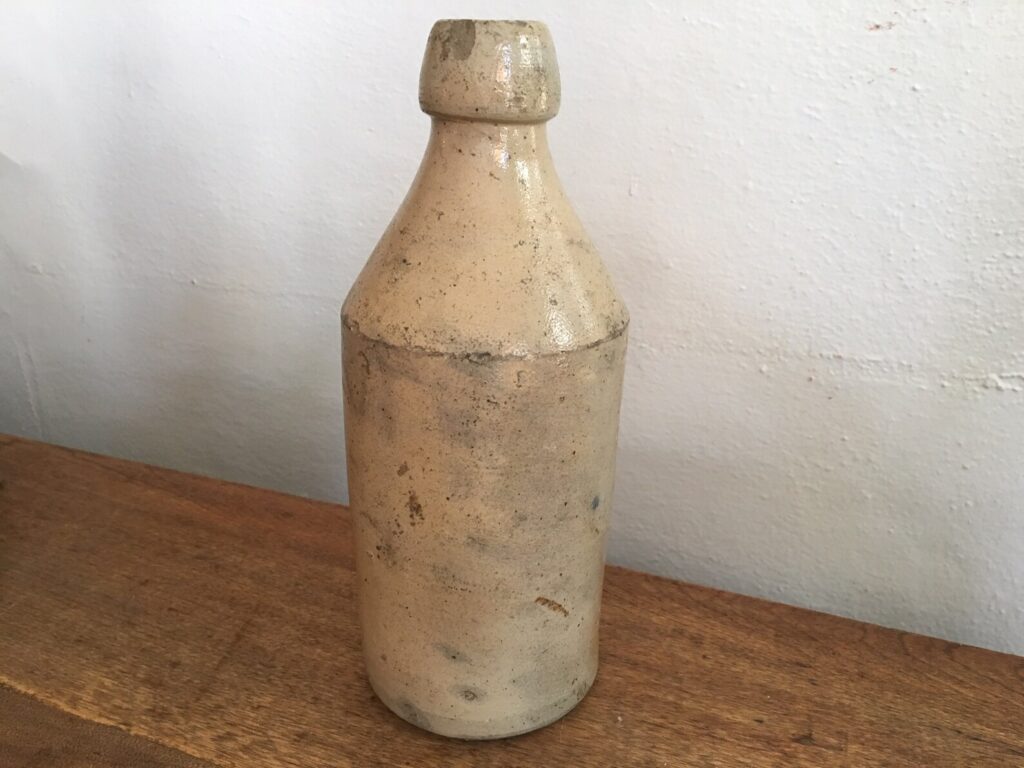
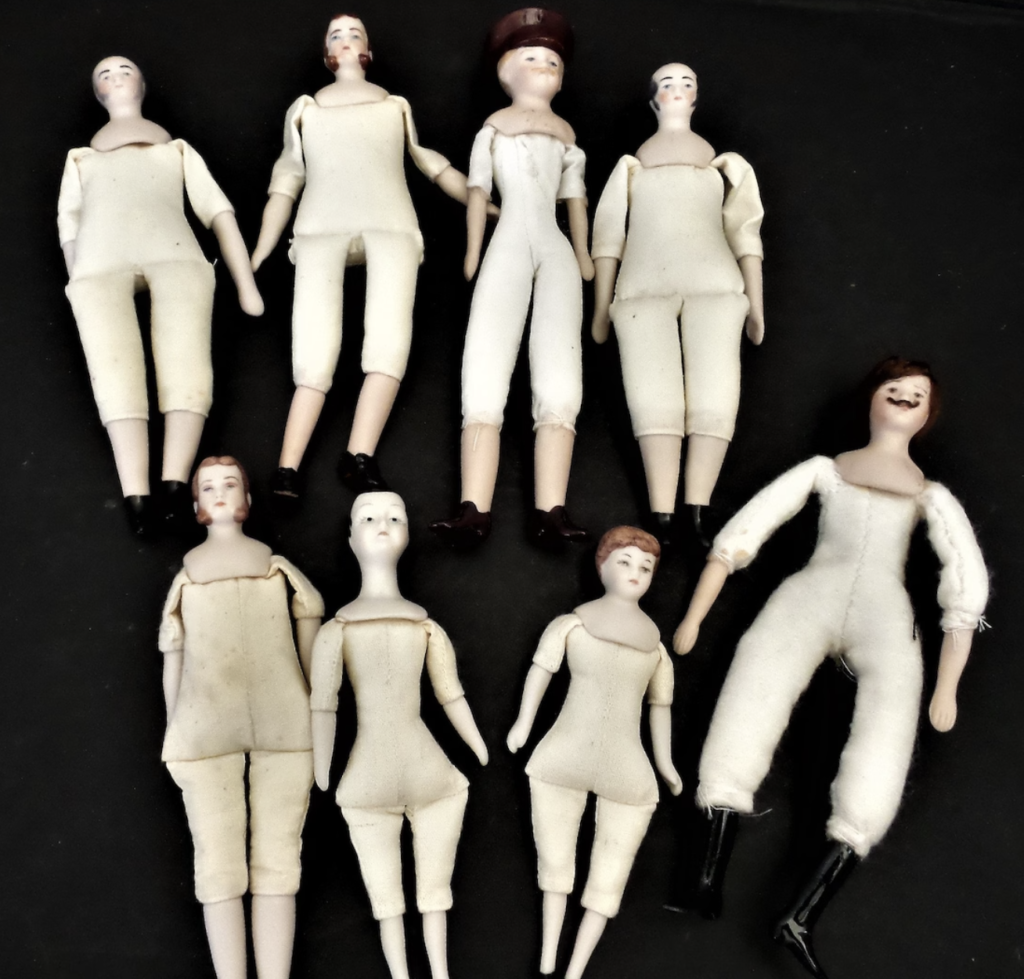
Making miniatures was a popular craft among upper-class ladies at the time. Dolls like these on the one-inch to one-foot scale (termed 1:12) had ceramic heads, necks, and extremities. Their cloth bodies were filled with soft stuffing. Part of the craft of miniature-making involved sewing the tiny clothes the dolls would wear.
Image: Dollhouse Dolls Miniature Male Undressed Dolls Your Choice for sale, Etsy
This is what police-officer uniforms looked like in early 1900s Boston.
Image: Boston Police Officer Darby Goode, circa 1919, bpd news
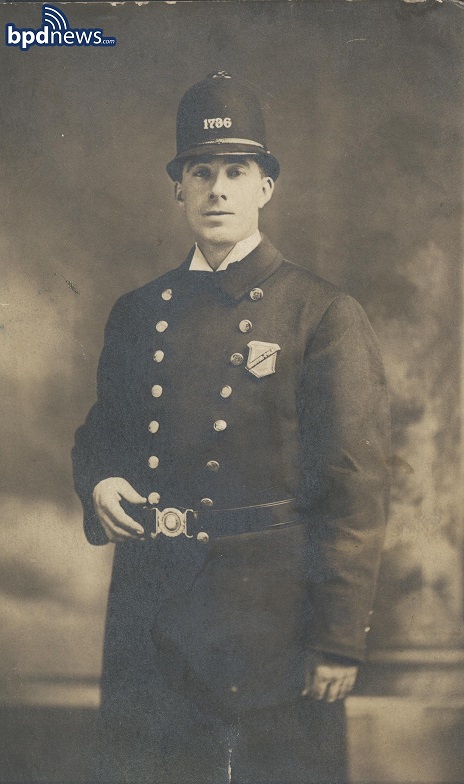
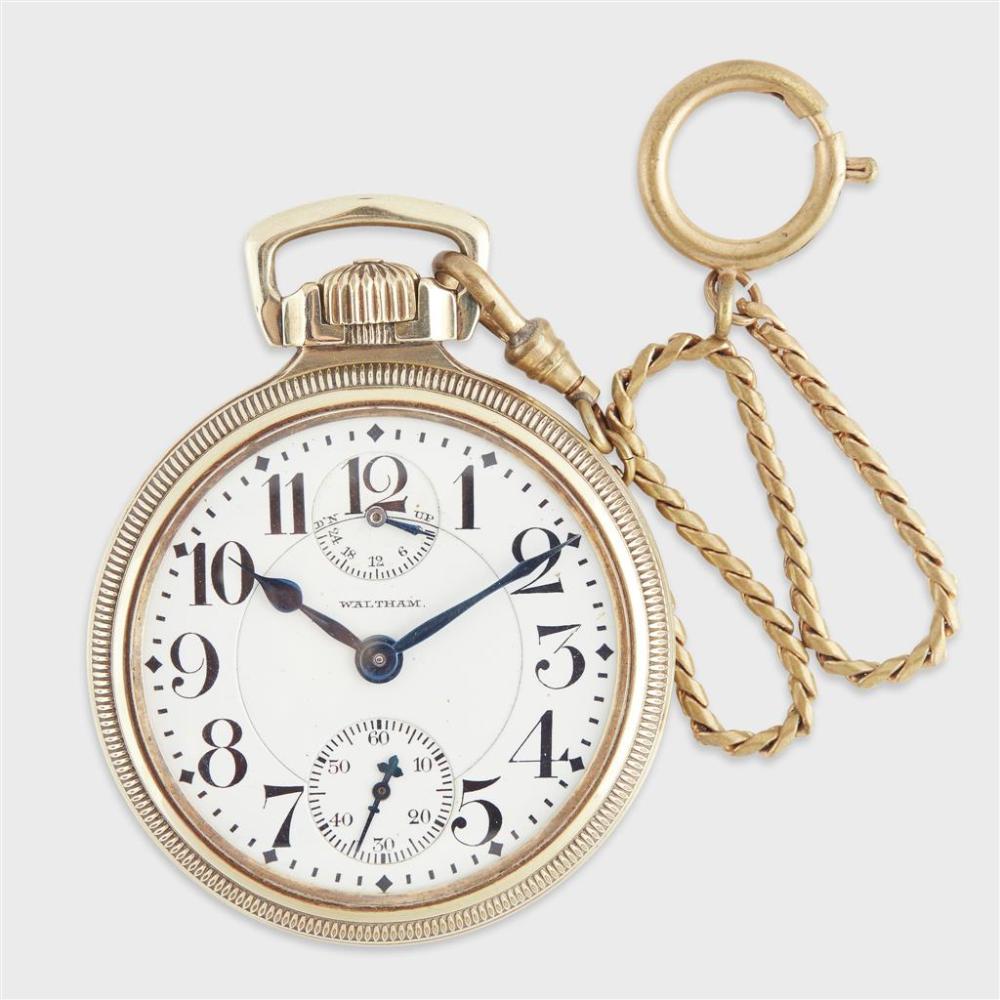
Back at the time, it was common for men to wear pocket watches attached by their fobs to the vests of their three-piece suits.
Image: American Waltham Railroad Pocket Watch with Fob from ‘Invaluable’ before sold at auction.
Chapter 3
The tradition of detectives showing a witness their badge before questioning them had already been established by the early 1900s.
Image: Worth Point on eBay Boston Detective badge circa 1930
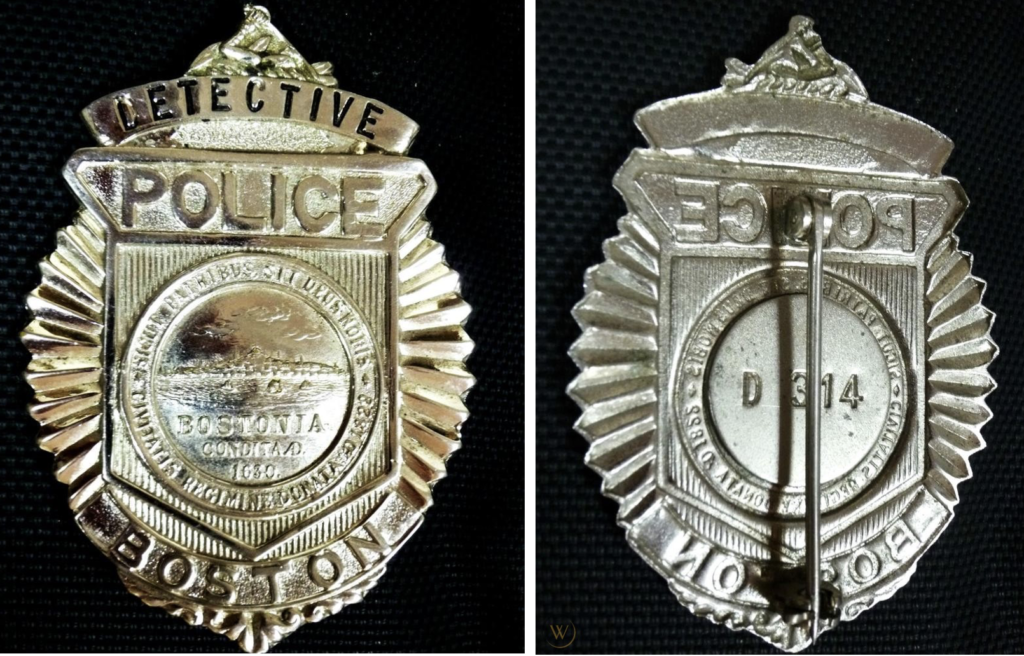
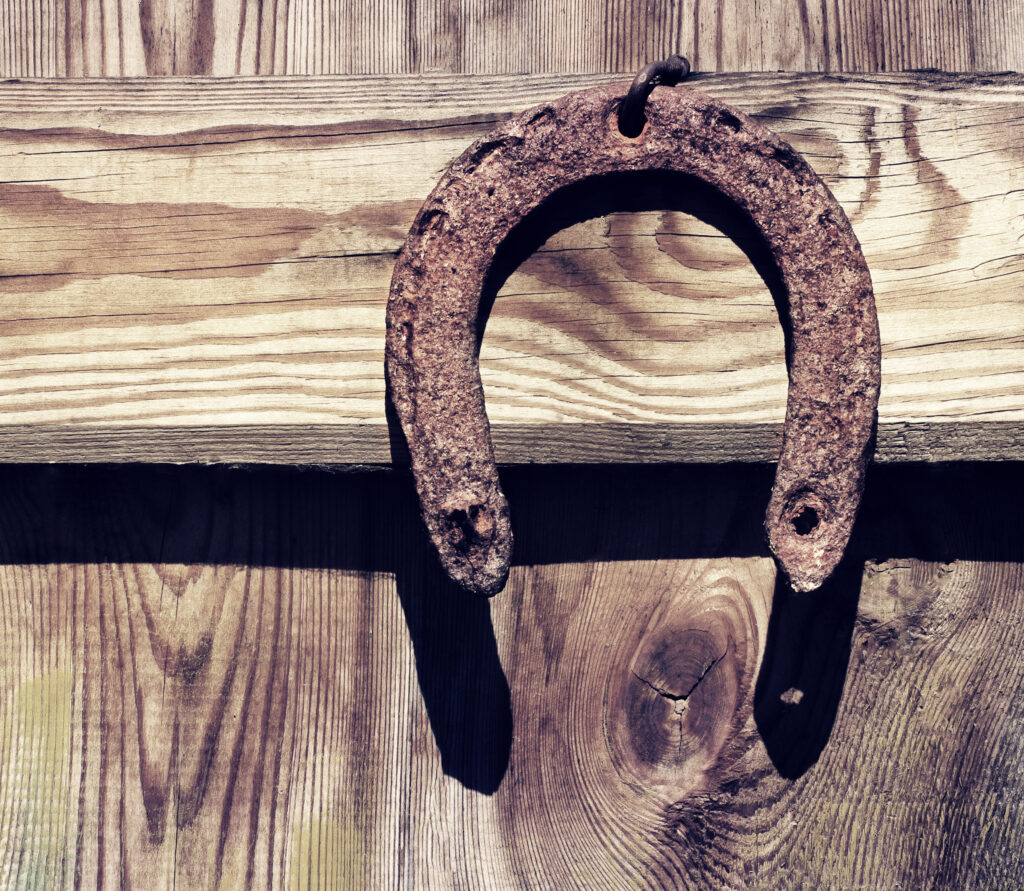
Hanging horseshoes over doorways for good luck has been a superstition since the Middle Ages. People were doing it at the turn of the century, and plenty of people continue the tradition even today.
Photo: isavira
Chapter 4
Morgues were around long before 1906. Boston’s Suffolk County Northern Mortuary no longer exists but did back then. The images below show the mortuary after the Cocoanut Grove fire in 1942.
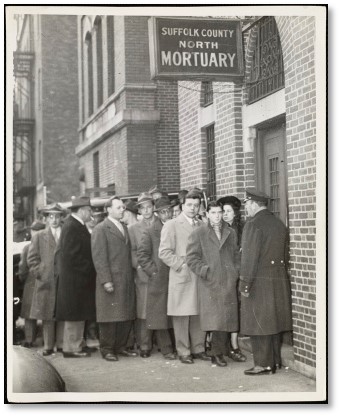
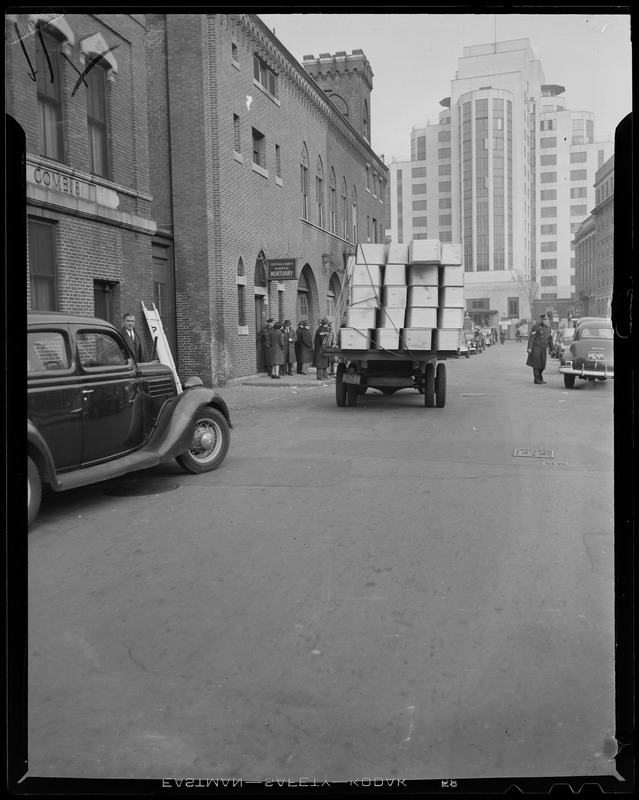
Chapter 5
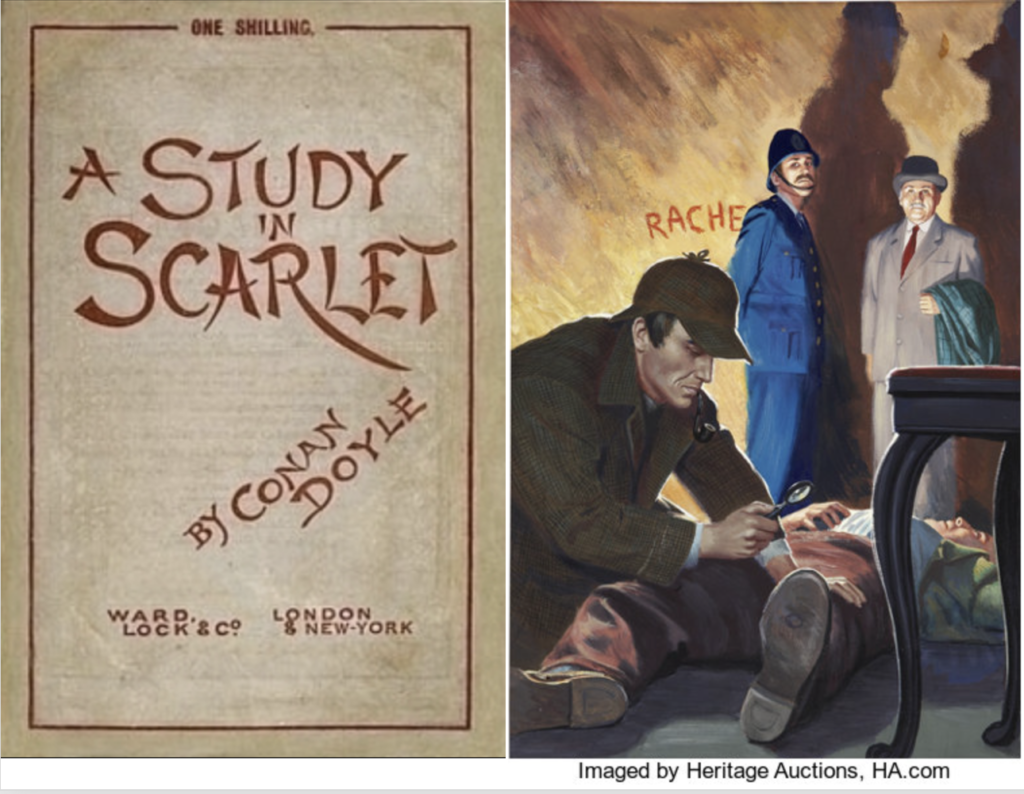
Conan Doyle’s Sherlock Holmes stories, like Study in Scarlet, published in 1887, were highly popular in the early 1900s.
Before the advent of what we would term ‘dollhouses,’ elaborately decorated miniatures were only for the elite, first as a display of art afforded only by the very wealthy and later as a means for teaching daughters of high society how to properly fulfill their roles as matrons of their future mansions. The “Tate Baby House” from 1760 is filled with realistic tiny items that capture the imagination still today.
Tate Baby House photos from Victoria & Albert Museum and Leana Ottini YouTube video https://youtu.be/ZrFy4P_1uLM link.
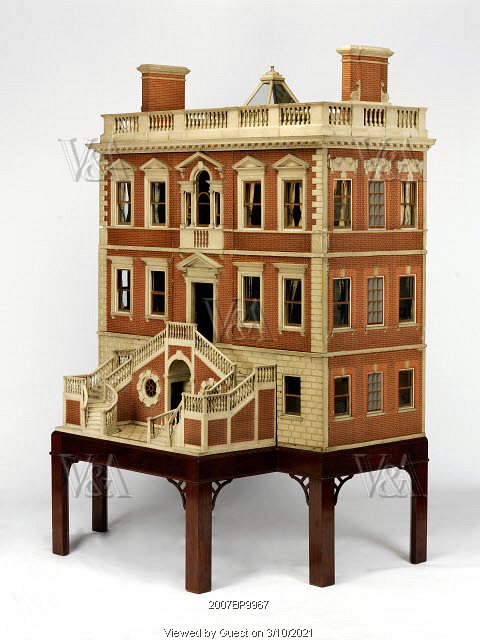
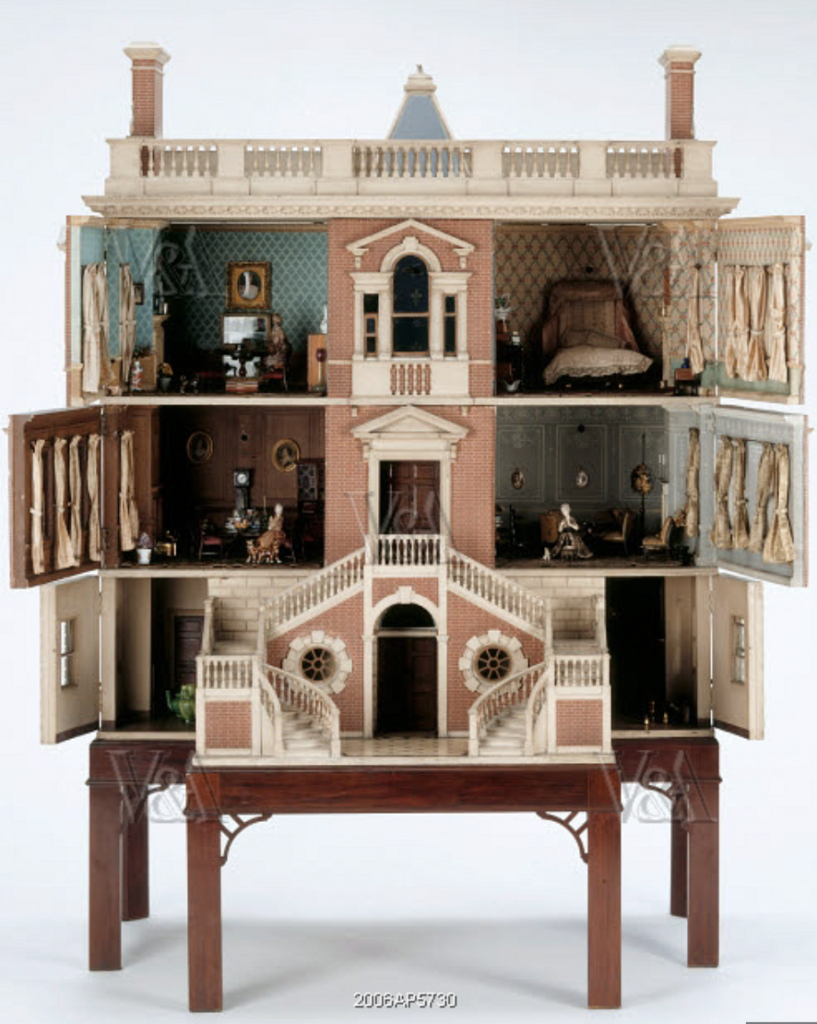
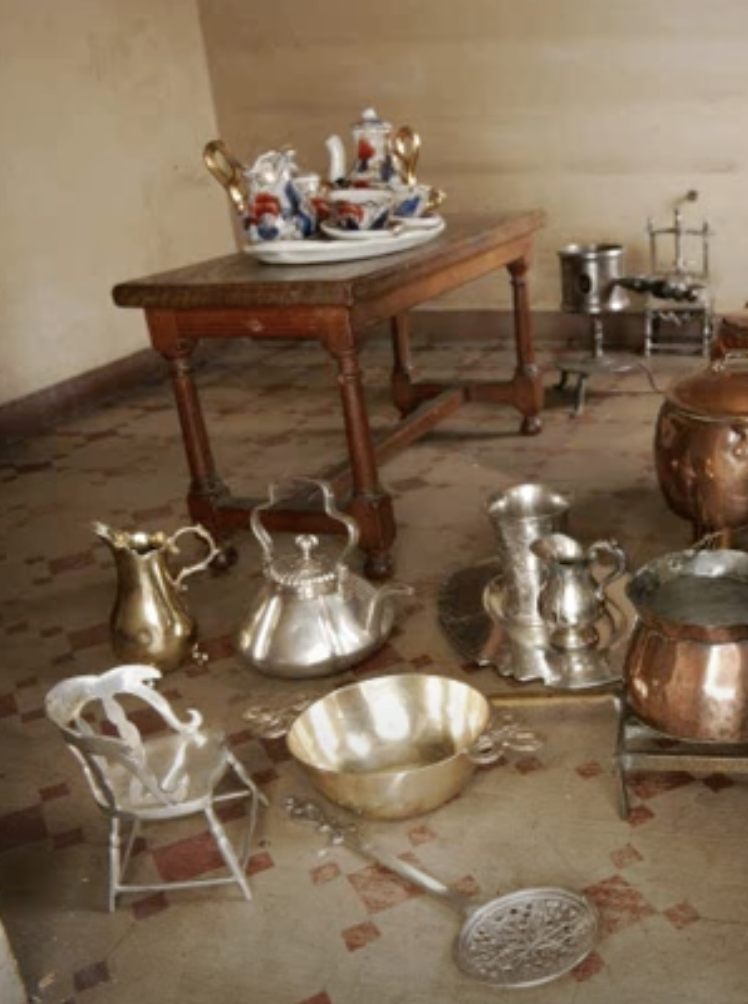

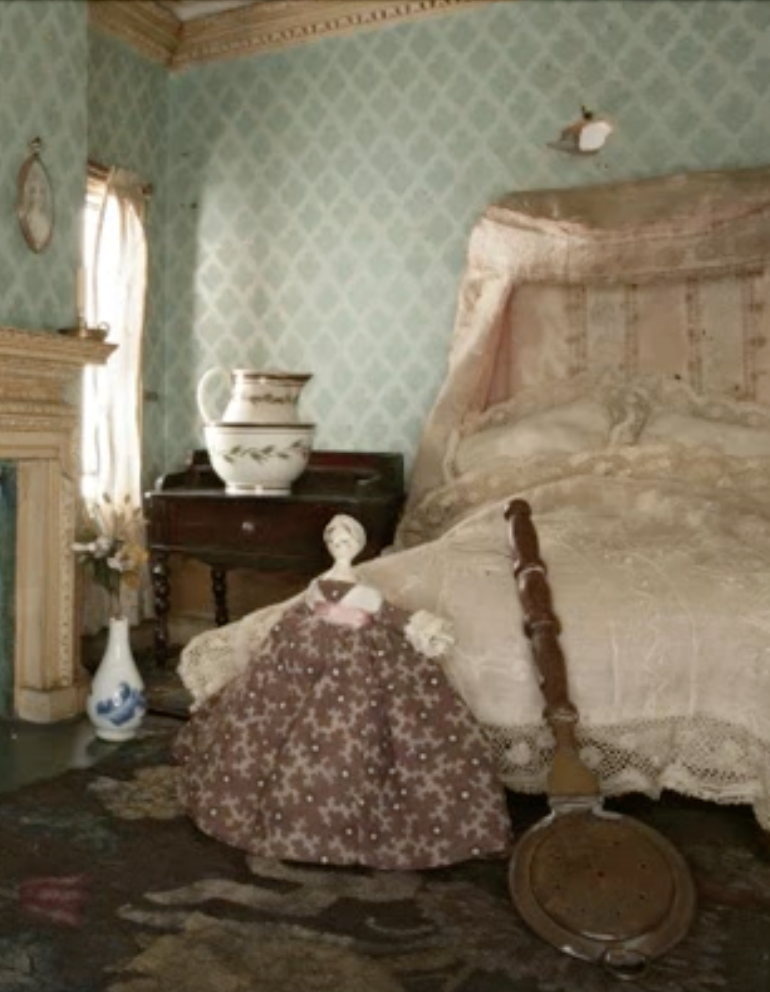
Chapter 6
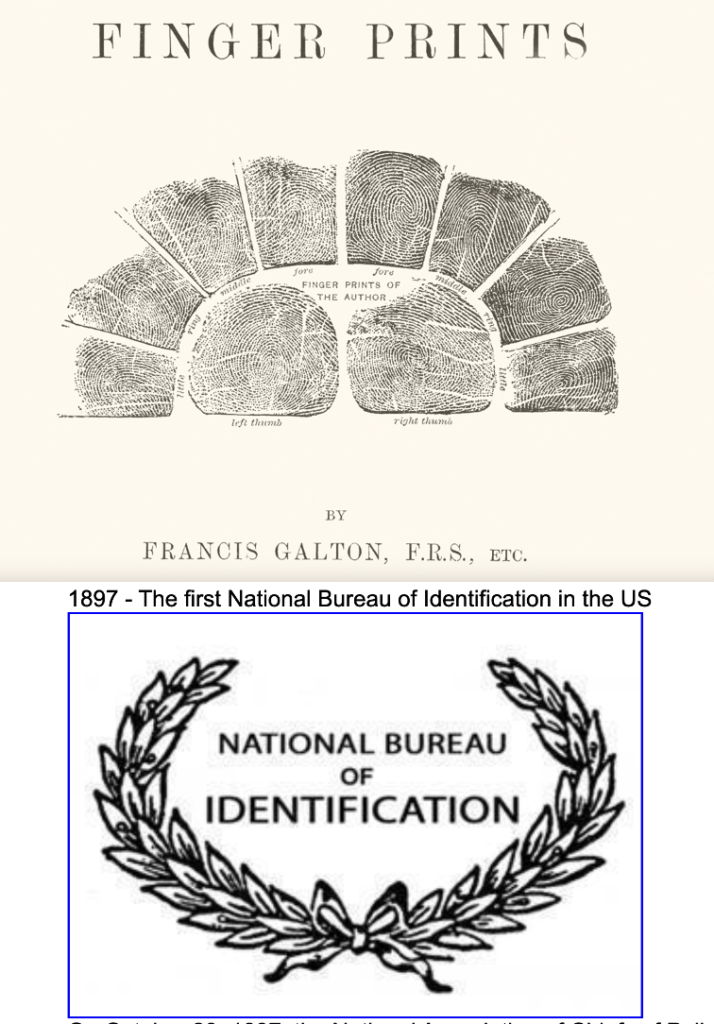
Using fingerprints for investigations was still relatively innovative in the United States little over a decade after Francis Galton’s book on fingerprint identification was published in 1892. Five years later (1897), the National Bureau of Investigation was established in the USA to file criminals’ mugshots, Bertillon measurements, and fingerprints. The St Louis police department was the first to use fingerprints to identify criminals from evidence left at the scene of the crime in 1904.
Galton book image: Science Source.
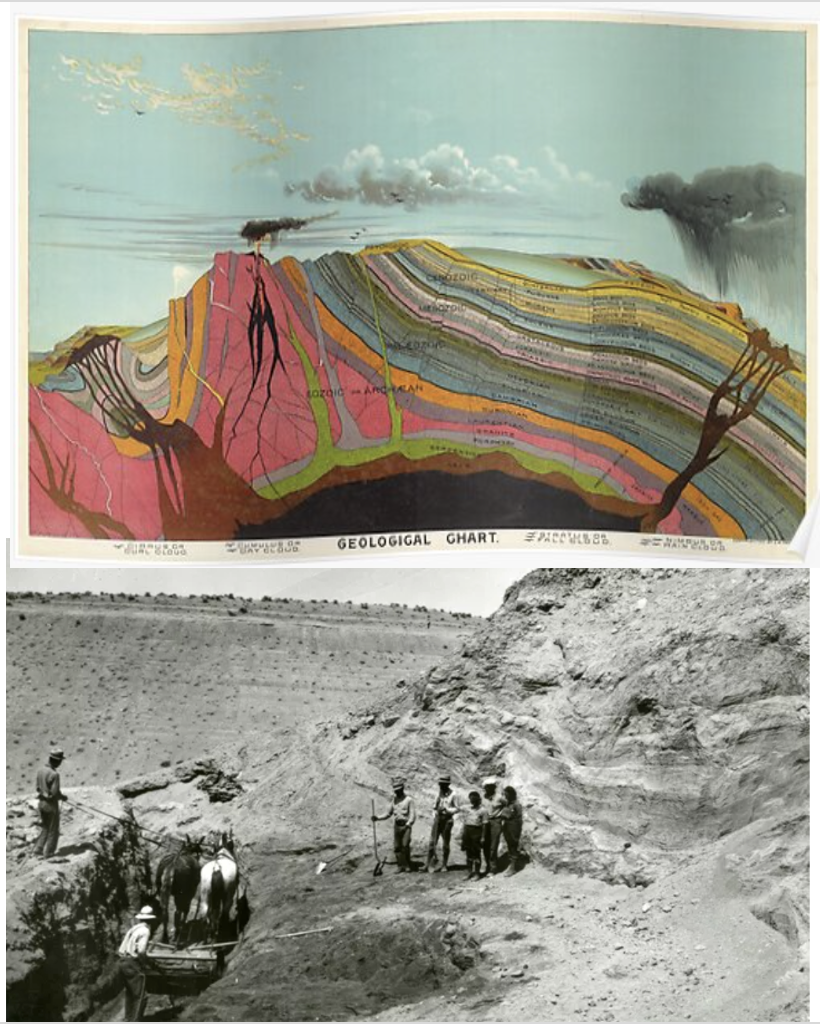
Clues at a crime scene are sometimes arranged with one on top of the other. The idea that the more recent clue is the one on top was already well-founded by the geologic concept of stratiography by the time of my manuscript.
Geological Rock-layer Chart (1893): poster Redbubble.
Photo: Smithsonian Exhibition 1928 National Park Service.
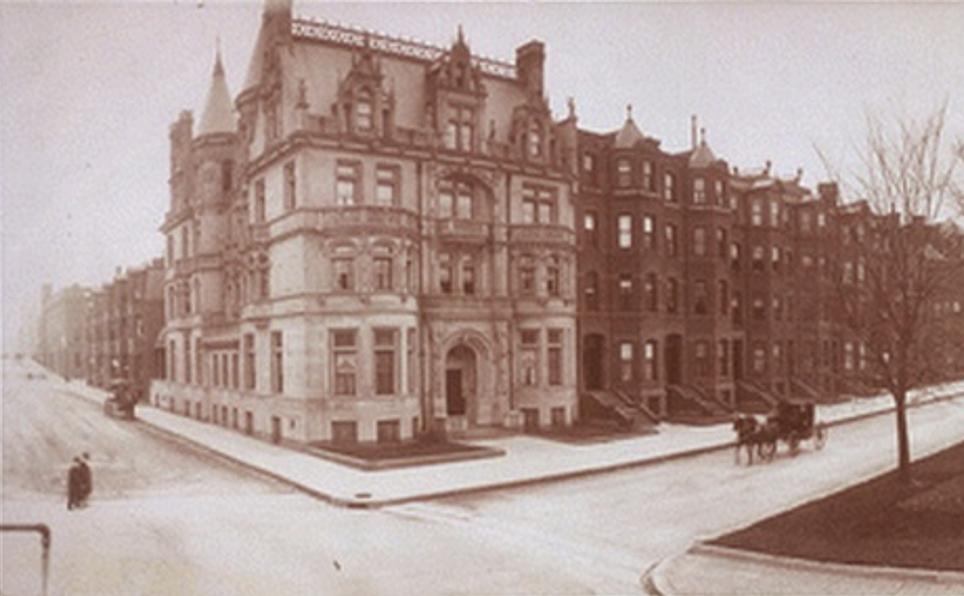
Known as Boston Brahmins back at the turn of the century, Boston’s elite called lavish townhouses like the Burrage House in Back Bay home.
Photo (1903): Unique Homes
